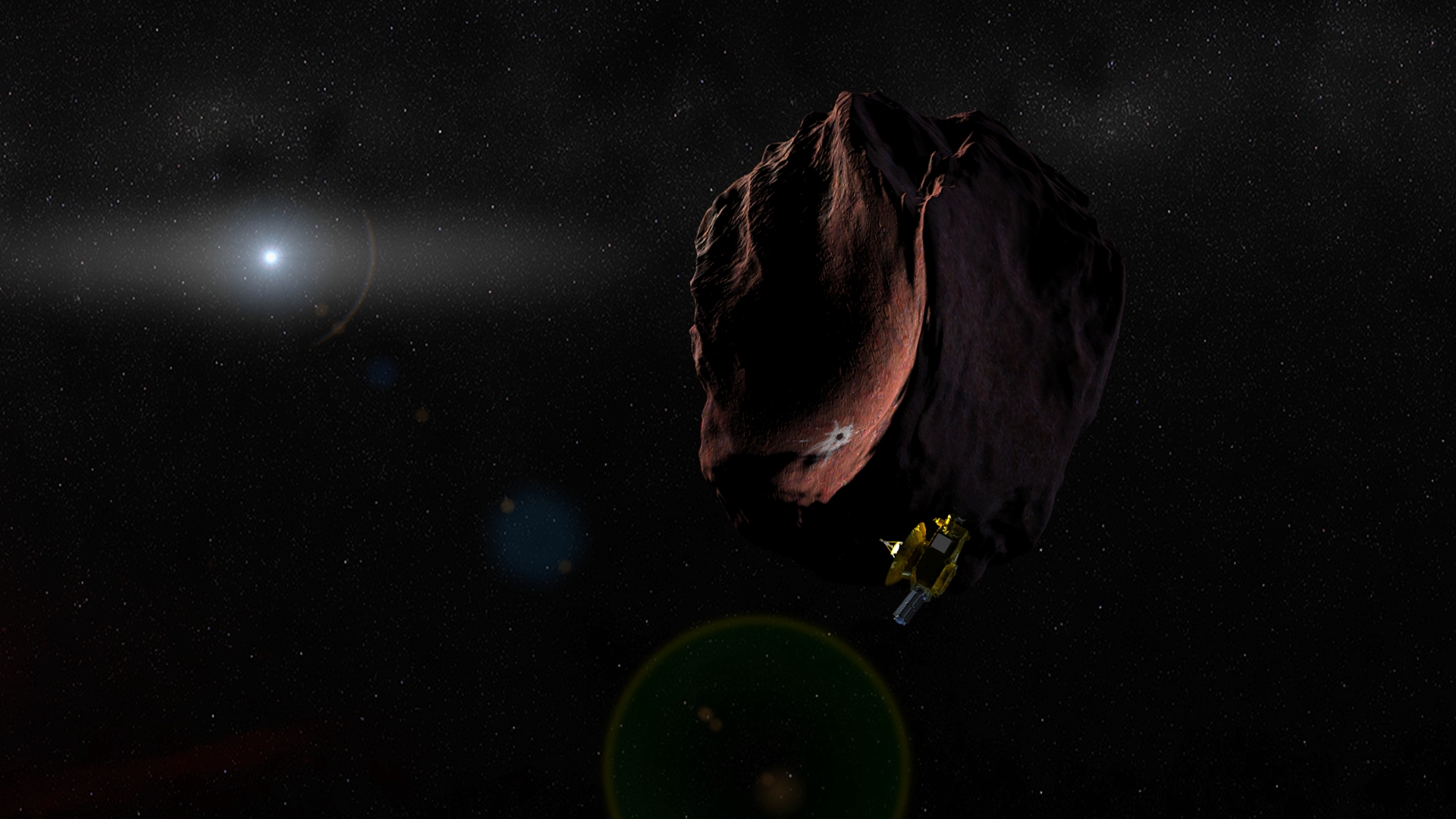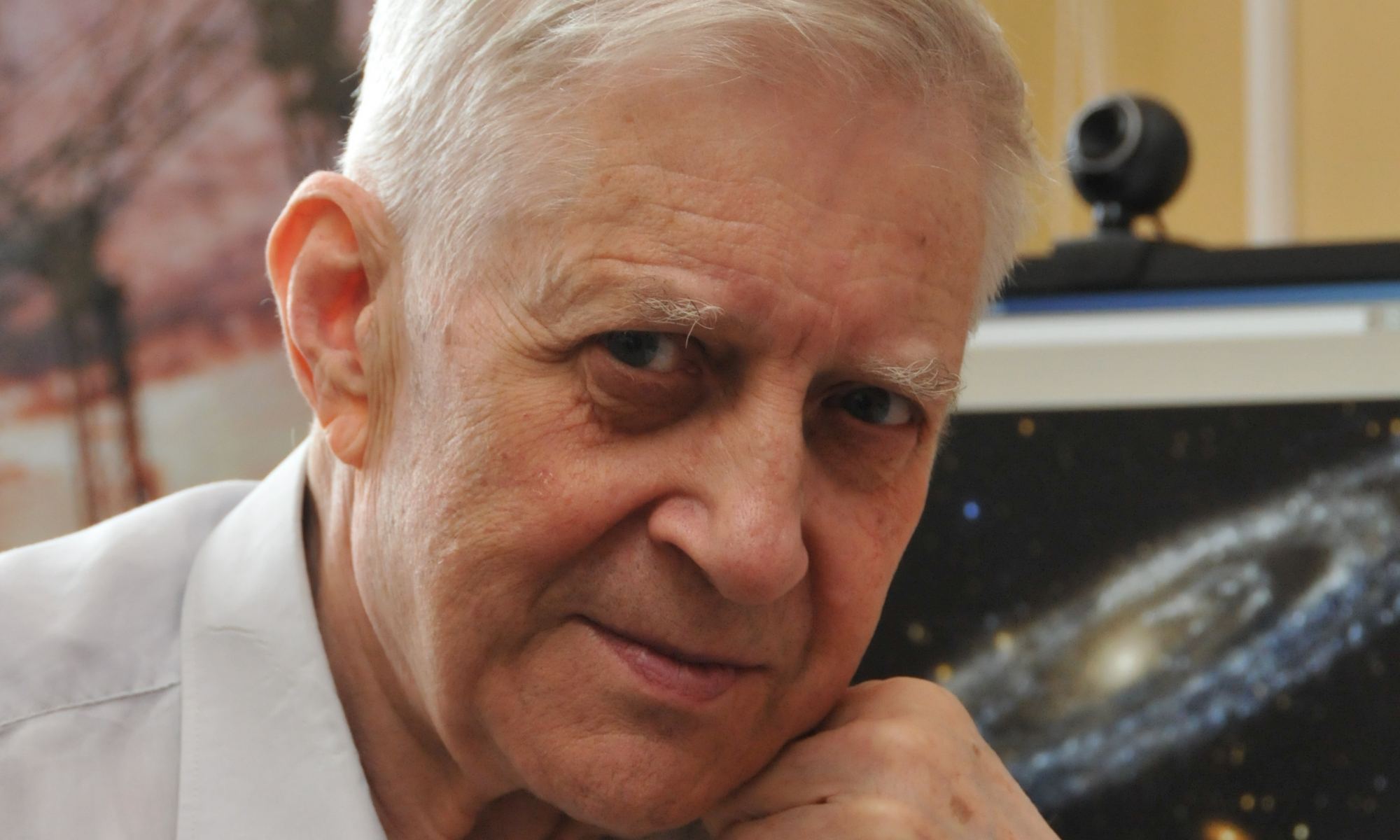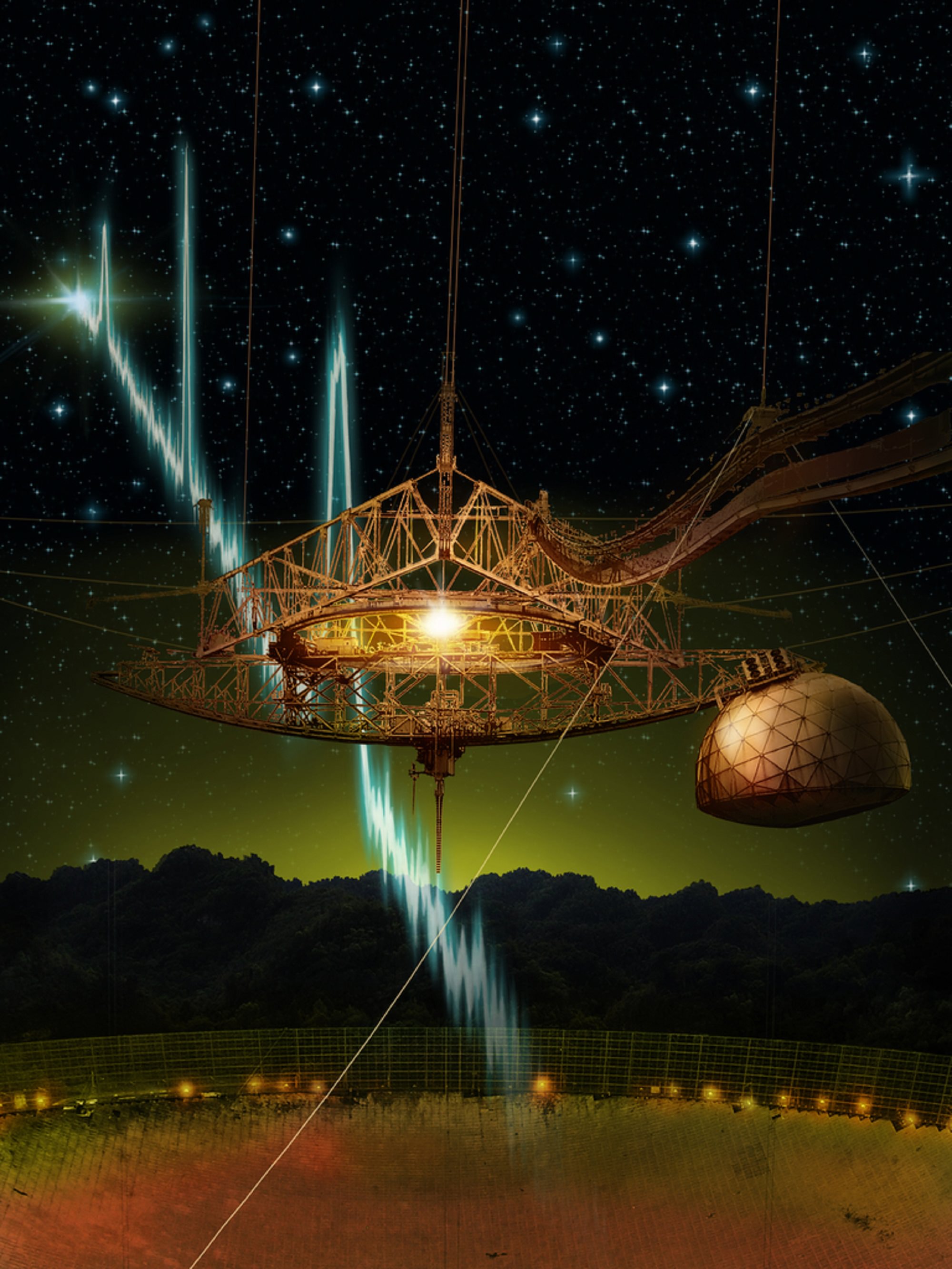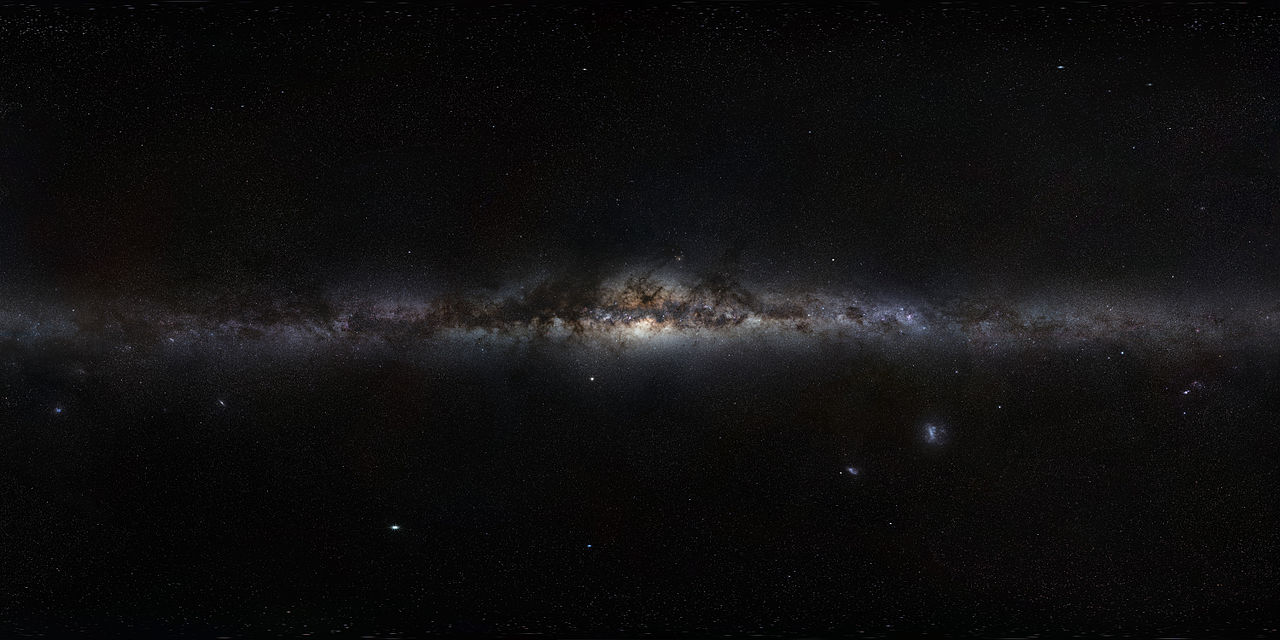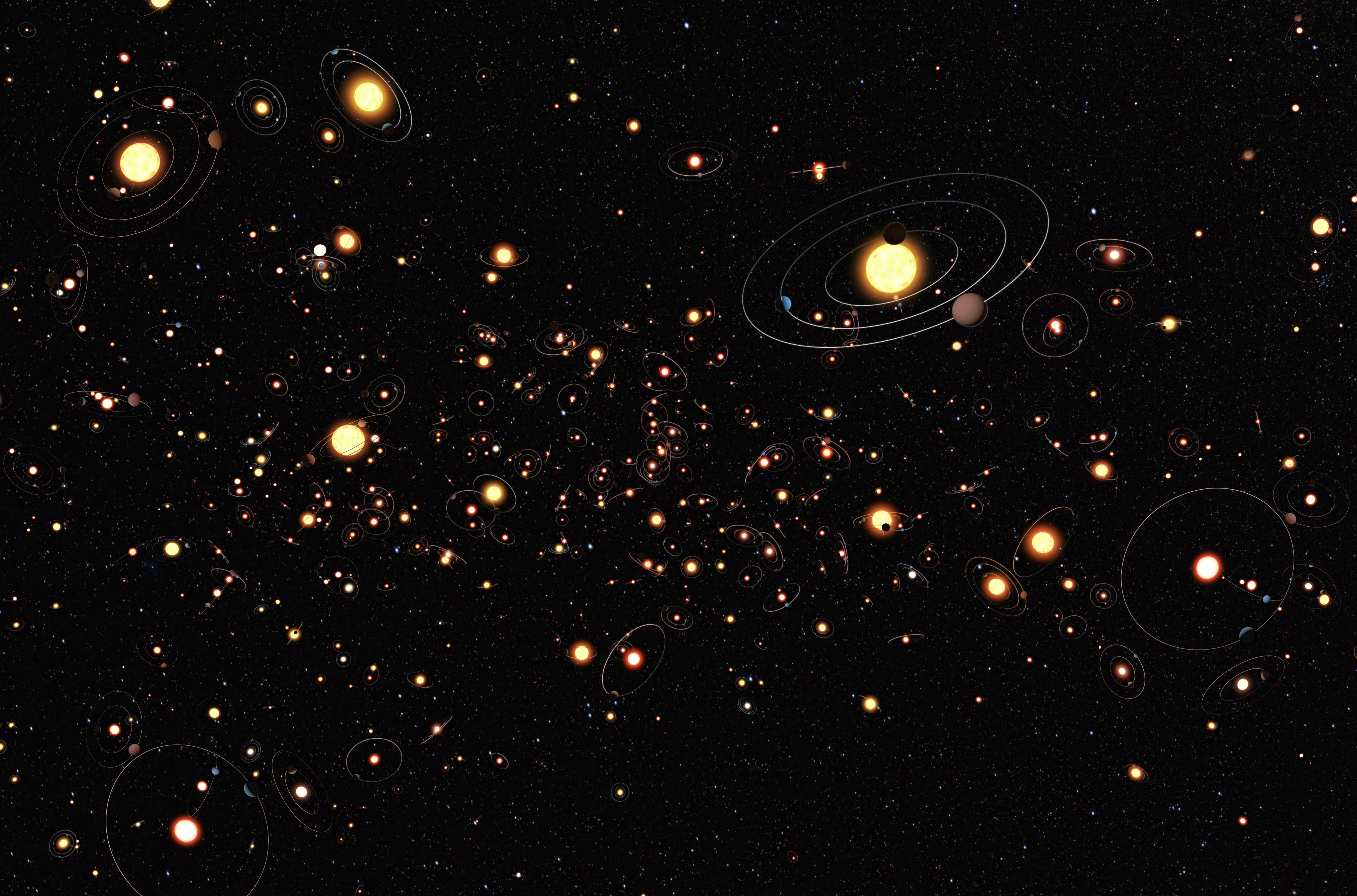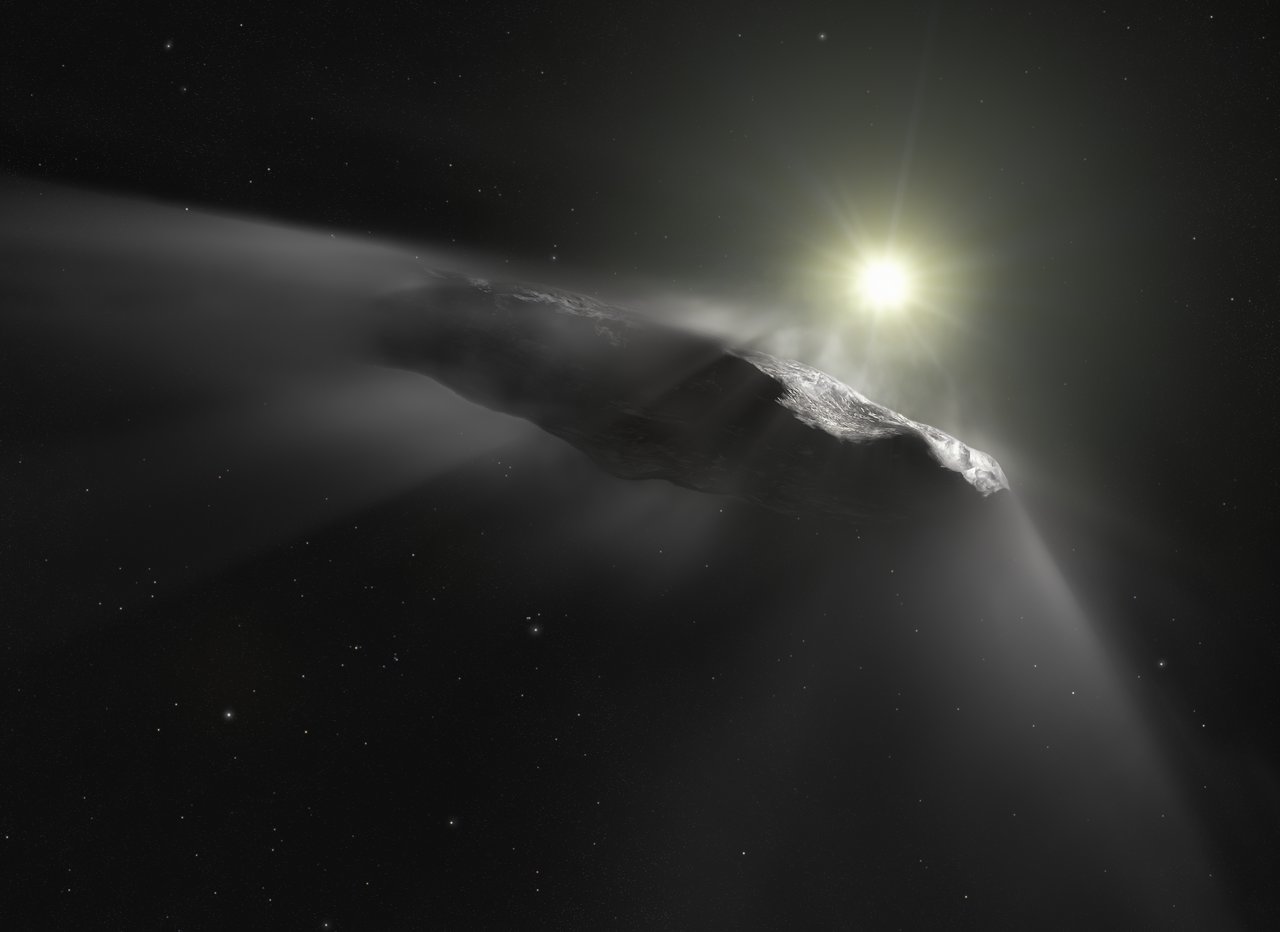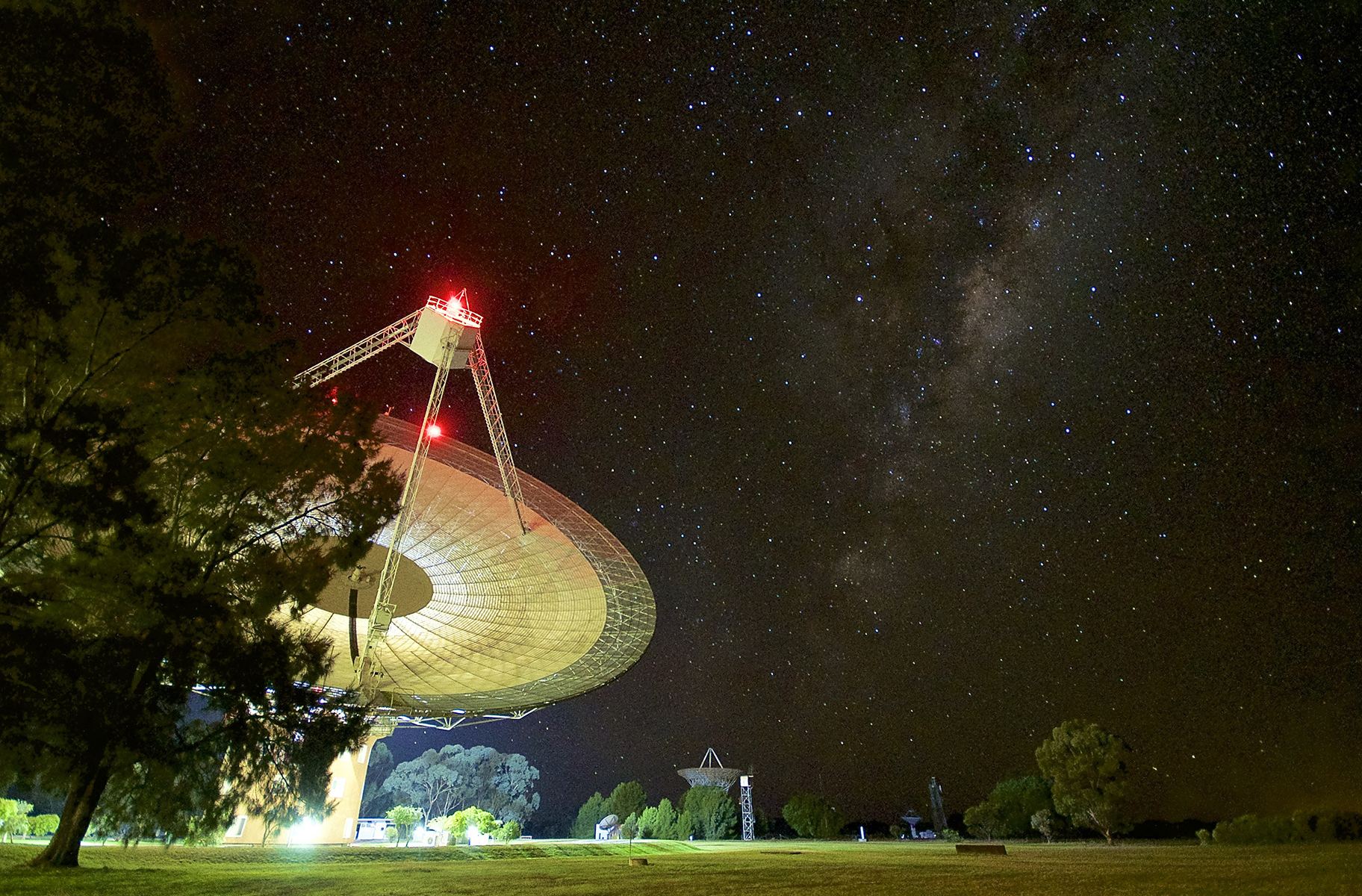In 1948/49, famed computer scientist, engineer, and physicist John von Neumann introduced the world to his revolutionary idea for a species of self-replicating robots (aka. “Universal Assemblers”). In time, researchers involved in the Search for Extraterrestrial Intelligence (SETI) adopted this idea, stating that self-replicating probes would be an effective way to explore the cosmos and that an advanced species may be doing this already. Among SETI researchers, “Von Neumann probes” (as they’ve come to be known) are considered a viable indication of technologically advanced species (technosignature).
Given the rate of progress with robotics, it’s likely just a matter of time before humanity can deploy Von Neumann probes, and the range of applications is endless. But what about the safety implications? In a recent study by Carleton University Professor Alex Ellery explores the potential harm that Von Neumann Probes could have. In particular, Ellery considers the prospect of runaway population growth (aka. the “grey goo problem”) and how a series of biologically-inspired controls that impose a cap on their replication cycles would prevent that.
Continue reading “Before we Develop Self-Replicating Machines to Explore the Universe, we Should Figure out how to Turn Them off Again”


